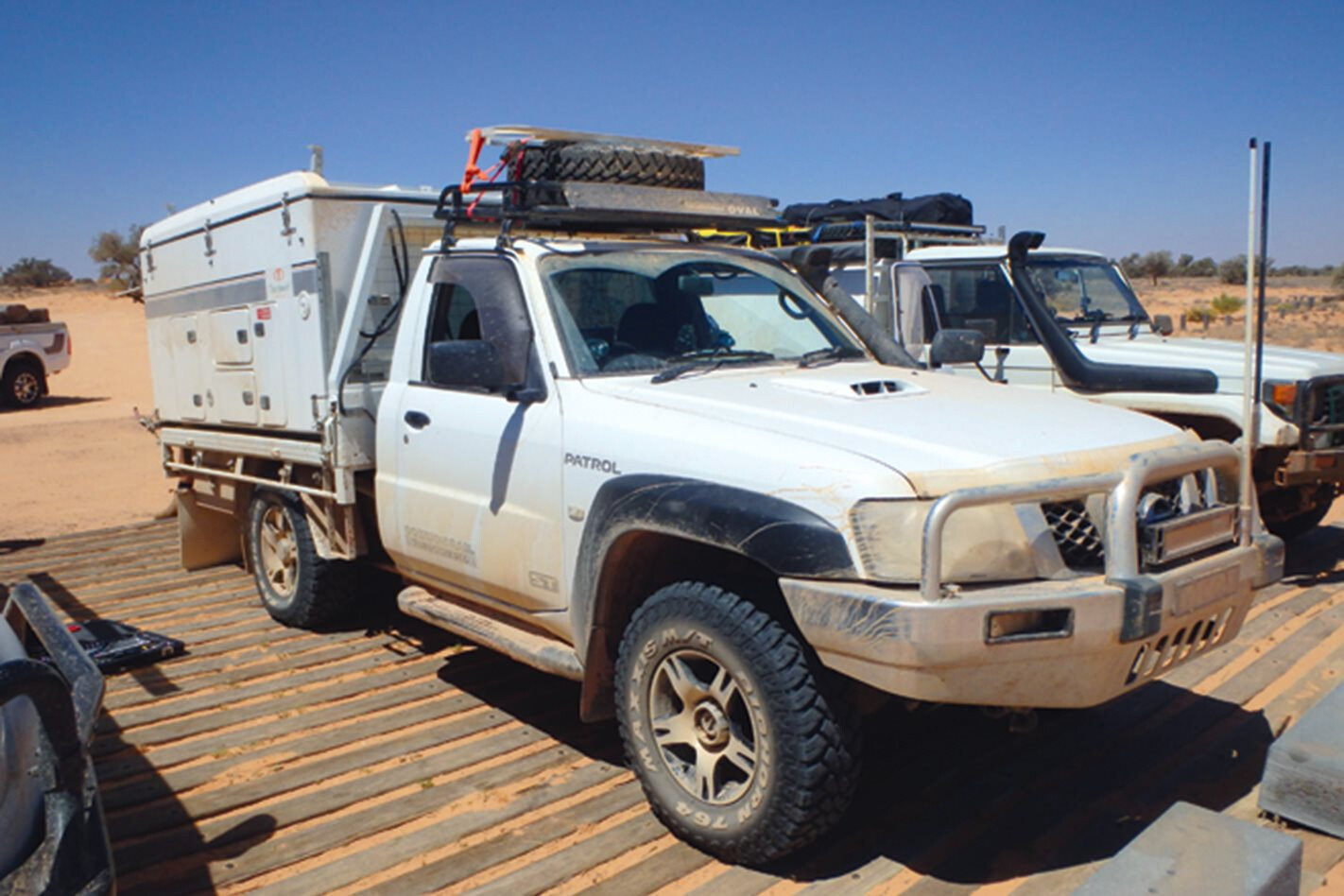The old trucks had stronger frames than today's trucks? Don't think so...not by a mile. About the only thing better about old trucks it their simplicity - and even then I can't fathom messing around with a carburetor again.
The one ton (3500, f350, etc) from yesteryear can't hold a candle to the trucks of today. 25000# or more is the towing capacity for today's f350 trucks...a half ton of today can easily manage 7000# while hauling a*" up a grade. May not be comfortable, but it wouldn't be a death trap like it would have been for an F150 from the 70s.
Hydroforming, complex bends, etc are far far stronger. Try doing what that guy did in a s10 or ranger - it would be dragging ass.
Have to laugh when people attempt to compare old vehicle strength vs today - old cars fold like pretzels when wrecked. The old truck frames flexed more than the damn suspension. There was so much twist the doors would jam and the tailgates wouldn't open if the suspension was in too much of a twist. The K series Chevies and F series Ford's from the 80s had like 1-2" of front suspension travel before they were into the stops (not bounce bumpers - those are part of the suspension). Depending on what I did during the weekend, the gap between the front clip and my bumper in my 80s suburban would change.
Try hauling 3500# behind a half ton pickup headed up to Tahoe with an early 90s or 80s truck...35mph on a good day. That little Colorado - no problem.



